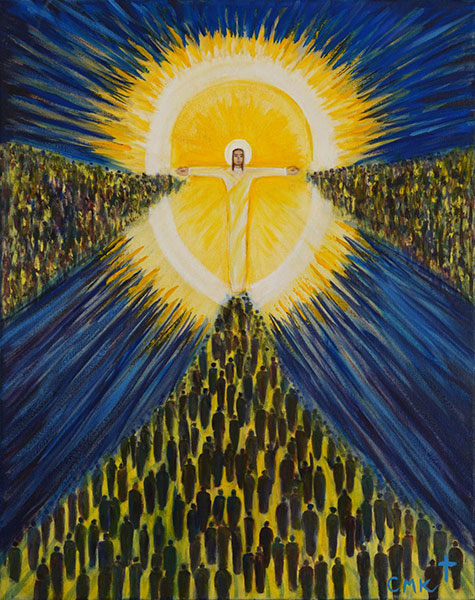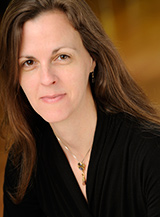Who was Thomas ?

Thomas’ name has come down to us as "Doubting Thomas. " He’s been labeled a "doubter" for his inability to understand Christ’s resurrection from the dead following his crucifixion. It’s not so much that he doubted the resurrection but that he needed a personal encounter with Jesus to make the resurrection real. His request that he see the wounds on Jesus’s hand left by the nails before he would actually believe that he was speaking to the risen Christ, has provided us with the phrase "Doubting Thomas." That makes it appear to doubt is not a part of faith which it is.
National Geographic – "Thomas’s moment of incredulity has proved a two-edged sword in the history of Christian thought. On the one hand, some theologians are quick to point out that his doubt is only natural, echoing the uncertainty, if not the deep skepticism, felt by millions in regard to metaphysical matters. How can we know? That Thomas challenged the risen Christ, probed the wounds, and then believed, some say, lends deeper significance to his subsequent faith. On the other hand, his crisis of doubt, shared by none of the other Apostles, is seen by many as a spiritual failure, as a need to know something literally that one simply cannot know. In the Gospel of John, 20:29, Christ himself chastises Thomas, saying, "Thomas, because you have seen me, you have believed. Blessed are those who have not seen and yet have believed."
Loyalty was closer to his character. As one of the disciples, when Jesus announced His intention of going to the Jerusalem area, brushing aside the protests of His disciples that His life was in danger there, at which Thomas said to the others: "Let us also go, that we may die with him." (John 11:7,8,16) If Thomas was pessimistic, he was also sturdily loyal and determined. He wanted to get it right
Before the Doubting Thomas episode, he was honest and sincere. At the Last Supper, Jesus said: "I go to prepare a place for you…. And whither I go ye know, and the way ye know." Thomas replied: "Lord, we know not whither thou goest, and how can we know the way?" To this Jesus answered: "I am the way, the truth and the life." (John 14:1-6)
Thomas is mentioned again (John 21) as one of the seven disciples who were fishing on the Sea of Galilee (Sea of Tiberias) when the Risen Lord appeared to them. Aside from this he appears in the New Testament only as a name on lists of the Apostles. A couple of centuries later a story was circulating in the Mediterranean world that he had gone to preach in India; and there is a Christian community in India (the Kerala district) that claims descent from Christians converted by the the preaching of Thomas.
Following Christ’s ascension, the apostles divided the world for missionary purposes. Thomas was assigned to travel to India to spread Christianity. He objected to this group decision. He said he wasn’t healthy enough to travel. But he couldn’t possibly be successful there, he told the others, contending that a Hebrew couldn’t possibly teach the Indians. It’s even said that Christ appeared to him in a vision encouraging him to travel to India. Thomas remained unmoved by this revelation as well.
A merchant eventually sold Thomas into slavery in India. It was then, when he was freed from bondage that this saint began to form Christian parishes and building churches. It’s not surprising that to this day, St. Thomas is especially venerated as The Apostle in India. According to legend, Thomas built a total of seven churches in India, as well as being martyred during a prayer session with a spear near Madras around the year 72 C.E.
He is often pictured holding a spear. Paintings of martyrs often show them holding or accompanied by the instruments with which they were put to death.
A recently discovered work called the Gospel of Thomas is a collection of sayings attributed to Jesus,




 We’re moving towards the end of Lent. It is helpful to review where we have been over the last 3 weeks. The second Sunday through the fifth has Jesus confronting various characters – a educated Pharisee, a Samaritan Women, a blind man and a man recently deceased. These texts from John are about revelation–the revelation of who Jesus is, the one sent by God, the begotten God, whose offer of life is in his presence and not necessarily delayed until his death.
We’re moving towards the end of Lent. It is helpful to review where we have been over the last 3 weeks. The second Sunday through the fifth has Jesus confronting various characters – a educated Pharisee, a Samaritan Women, a blind man and a man recently deceased. These texts from John are about revelation–the revelation of who Jesus is, the one sent by God, the begotten God, whose offer of life is in his presence and not necessarily delayed until his death.



